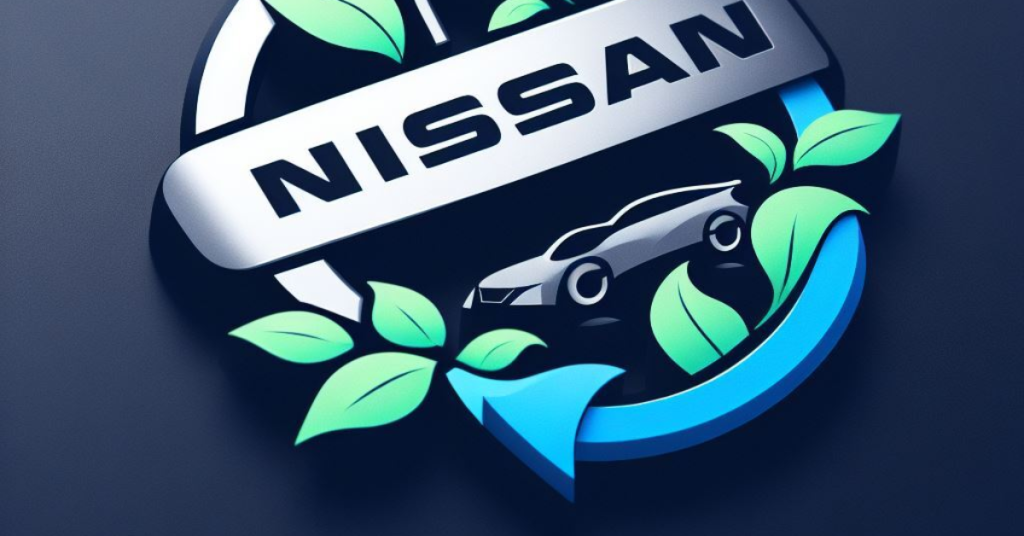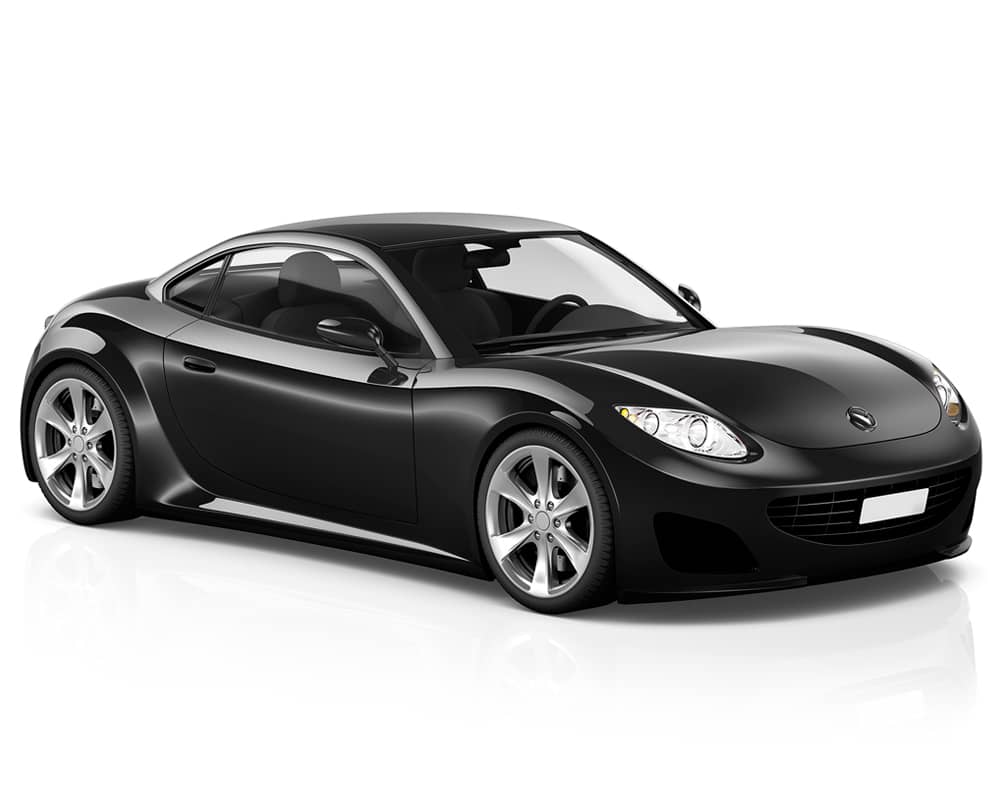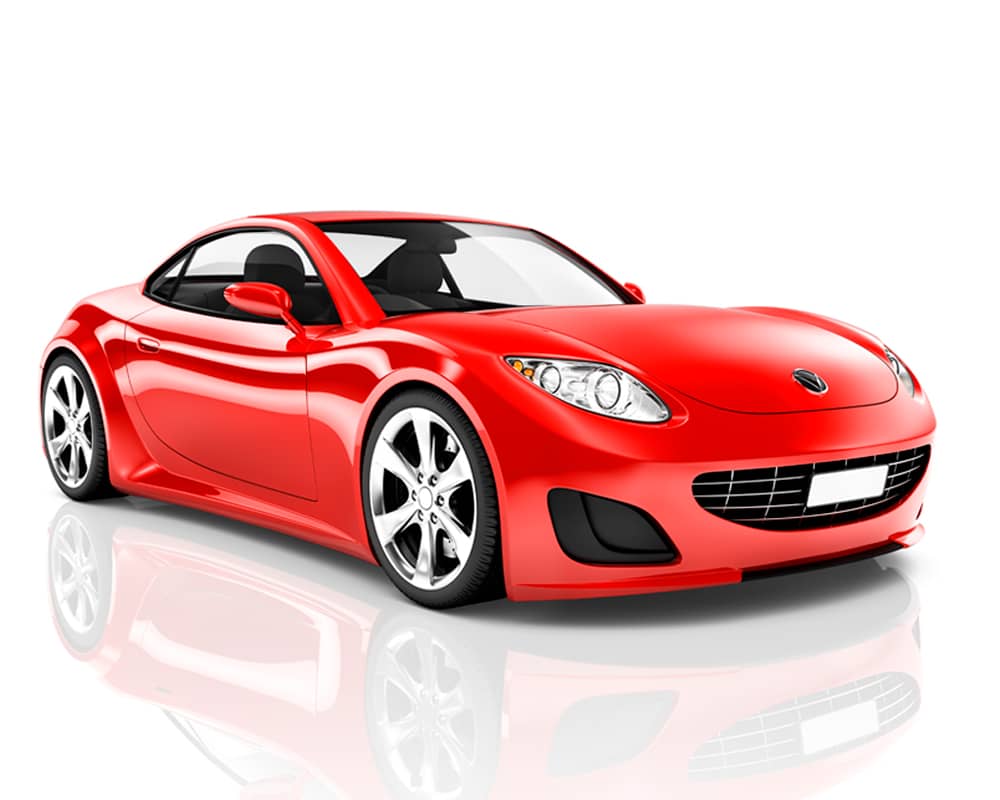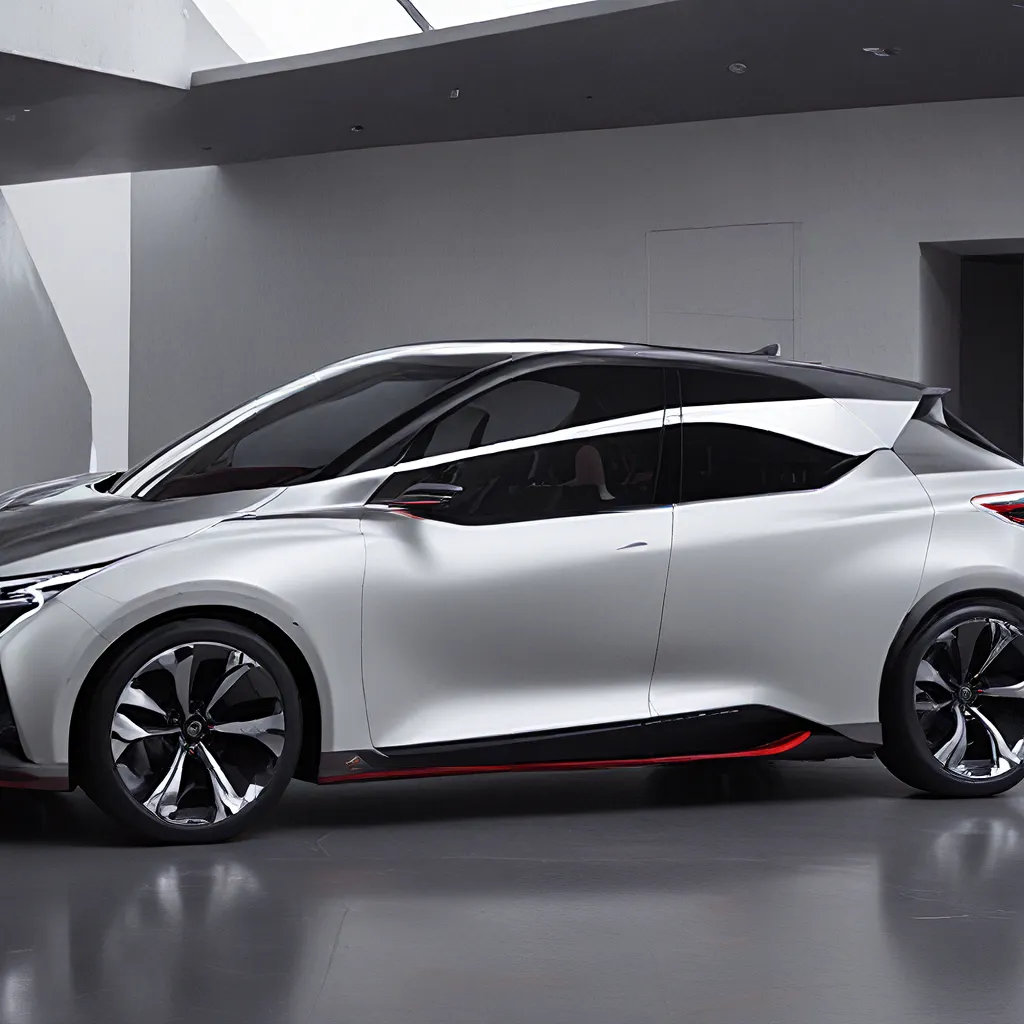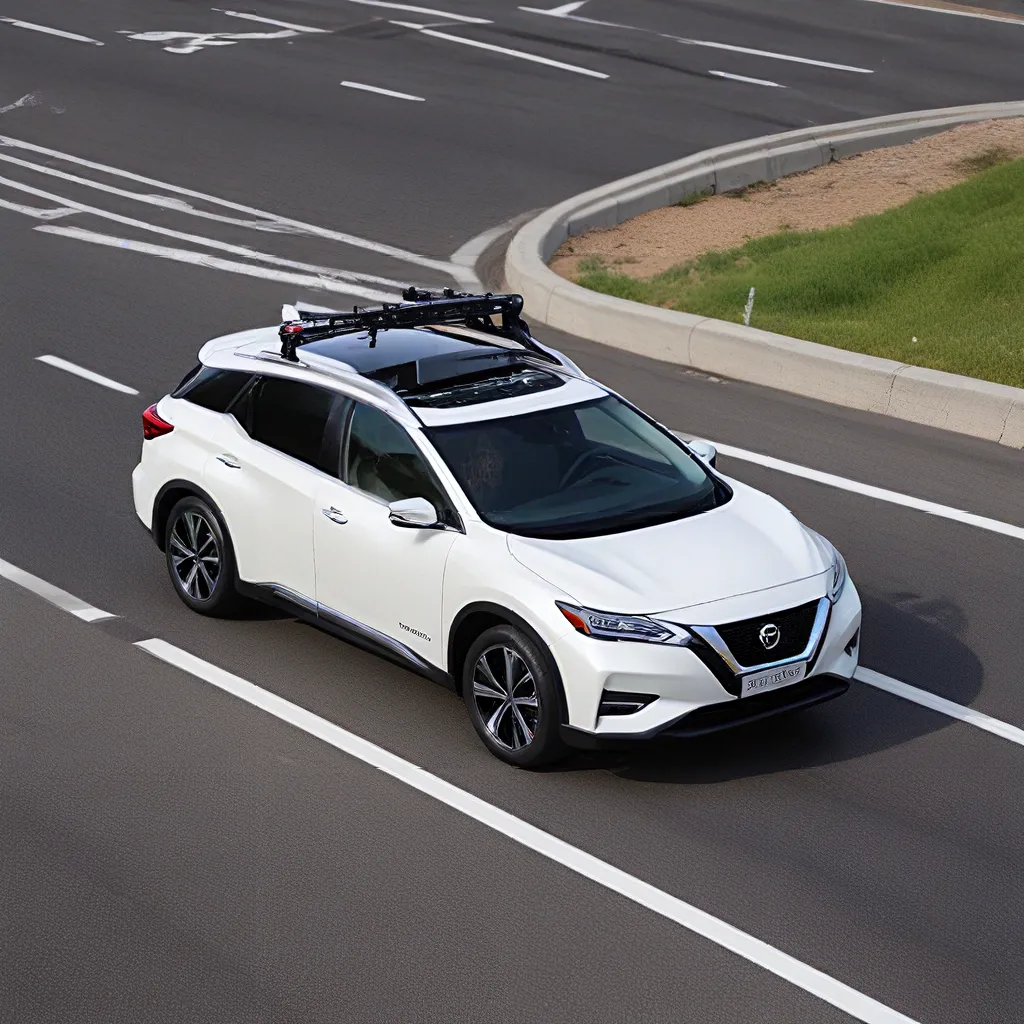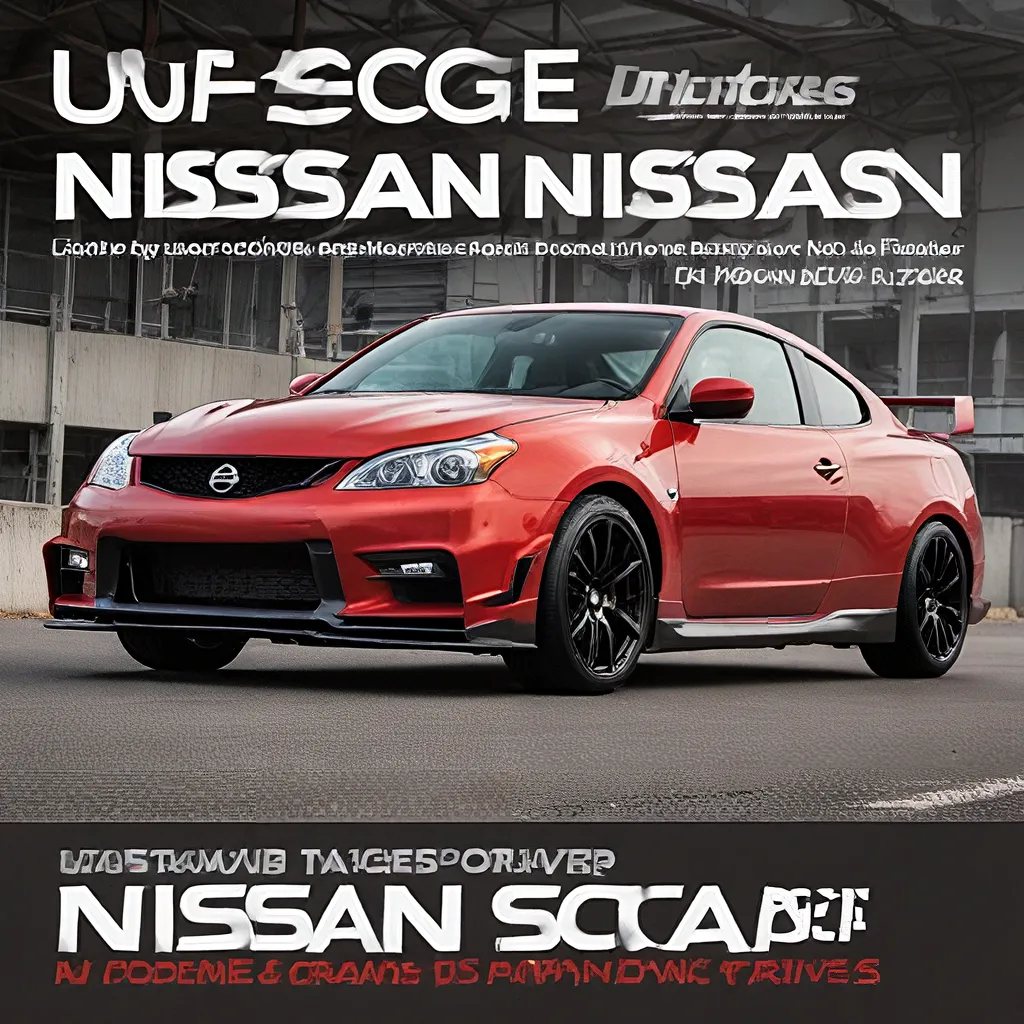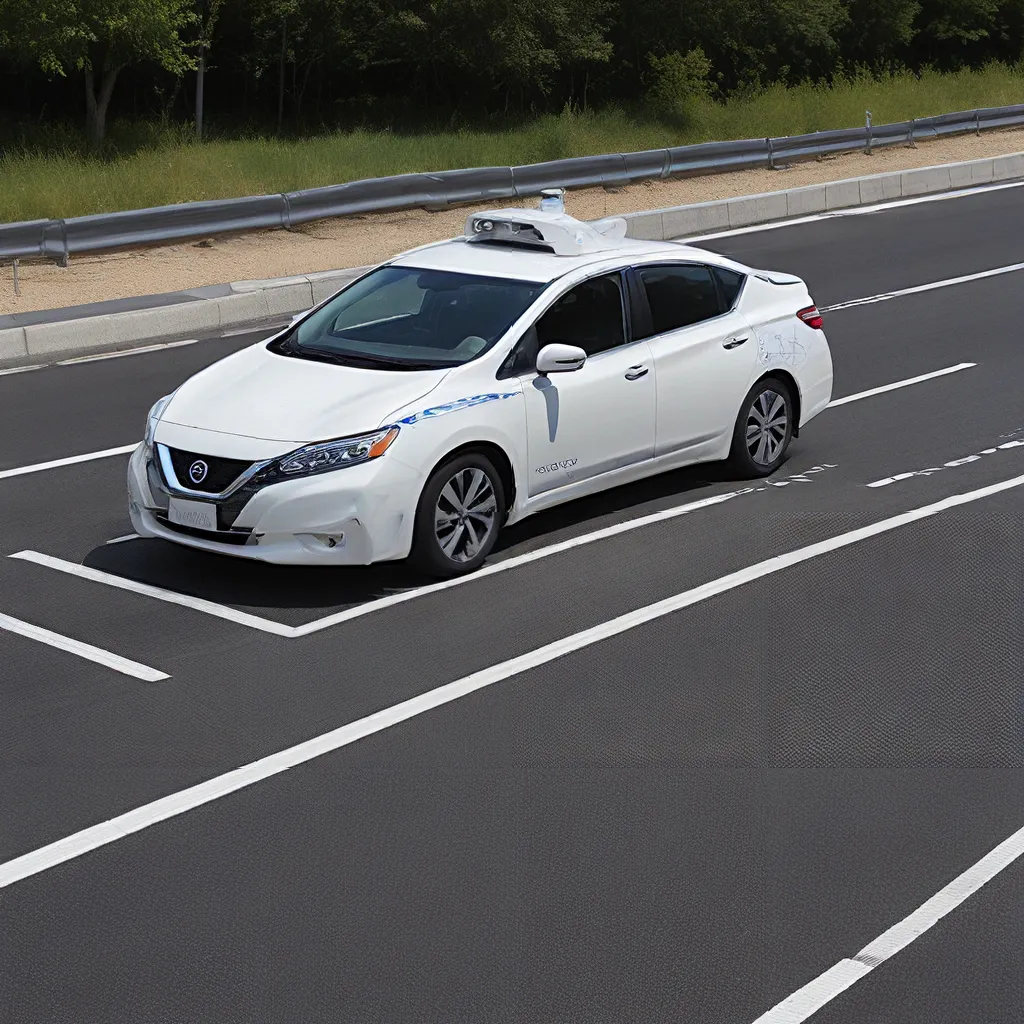
Buckle Up, Buttercup: The Perils of Partial Automation
As I slide into the driver’s seat of my shiny new Nissan Ariya, a small part of me can’t help but feel like a kid in the cockpit of a fighter jet. With its sleek lines, futuristic dashboard, and an array of technological wizardry, this electric SUV is a testament to Nissan’s relentless pursuit of automotive innovation. But, as I soon discover, not all of that innovation comes without its fair share of peril.
You see, my Ariya is equipped with Nissan’s ProPILOT Assist 2.0 – a partial automation system that promises to make my daily commute a breeze. The car can maintain a safe following distance, keep me centered in the lane, and even change lanes with the flick of a turn signal. It’s the stuff of science fiction, right? Well, not so fast.
A Rude Awakening
As I merge onto the highway, I can’t help but feel a sense of relief as the Ariya takes control of the steering and acceleration. I lean back in my seat, ready to enjoy a hands-free jaunt to the office. But just as I’m about to kick my feet up, a series of rapid beeps jolts me back to attention.
“What the…?” I mutter, glancing down at the dashboard display. Apparently, the car has detected that my eyes have wandered from the road ahead, and it’s none too pleased about it. I quickly return my gaze to the tarmac, but the alerts continue to blare, urging me to keep my hands firmly on the wheel.
It’s then that I realize the alarming truth: this so-called “self-driving” technology isn’t as autonomous as I had assumed. In fact, the Insurance Institute for Highway Safety (IIHS) recently released a study that paints a rather concerning picture of the current state of partial automation systems in the automotive industry.
According to the IIHS, out of the 14 partial automation systems they evaluated, only one – the Lexus Teammate system – earned an “acceptable” rating for its safeguards. The rest? Well, let’s just say they’ve got some work to do.
The Dangers of Overconfidence
As I white-knuckle the steering wheel, trying to keep my eyes glued to the road, I can’t help but think about the implications of this IIHS study. It seems that the automotive industry has been so eager to push the boundaries of technological innovation that they’ve forgotten a crucial detail: the human driver.
You see, these partial automation systems – the ones that can handle things like adaptive cruise control and lane-keeping – are designed to make our lives easier, but they also come with a significant caveat. They’re not self-driving cars, no matter what the marketing might suggest. The human driver is still very much in control, and they need to be alert and ready to take over at a moment’s notice.
Unfortunately, as the IIHS findings suggest, many of these systems are falling short when it comes to ensuring that drivers remain engaged and attentive. Some systems, for example, don’t adequately monitor whether the driver is looking at the road or prepared to take control. Others can be used even when vital safety features like seatbelts and automatic emergency braking are switched off.
This overconfidence in the capabilities of partial automation systems can be a recipe for disaster, as numerous high-profile crashes have illustrated. And the IIHS is not alone in its concerns – other industry experts have also warned about the dangers of drivers becoming complacent and overreliant on these systems.
Nissan’s Response: Raising the Bar for Safety
As I continue to wrestle with the Ariya’s persistent alerts, I can’t help but wonder: what is Nissan doing to address these safety concerns? After all, the company is no stranger to the world of autonomous technology, having been at the forefront of the self-driving revolution for years.
Well, it turns out that Nissan is taking the IIHS findings seriously and is committed to raising the bar when it comes to partial automation safety. In fact, the company has already begun implementing a slew of new safeguards and features in its latest iteration of ProPILOT Assist, which is found in the Ariya and other Nissan models.
For starters, the system now features a more robust driver monitoring system that can detect when the driver’s eyes have strayed from the road or their hands have left the steering wheel. And if the driver fails to respond to the system’s attention-grabbing alerts, it will initiate a gradual slowdown and even contact emergency services if necessary.
But Nissan isn’t stopping there. The company has also made sure that critical safety features like automatic emergency braking and lane departure prevention can’t be switched off while the partial automation system is engaged. This ensures that the driver is always protected, even if they start to get a little too comfortable with the car’s self-driving capabilities.
The Future of Autonomous Assurance
As I pull into the office parking lot, I can’t help but feel a newfound appreciation for Nissan’s commitment to safety. Sure, the constant alerts can be a bit of a nuisance, but I’d much rather have a car that’s constantly keeping an eye on me than one that’s willing to let me drift off into a distracted daze.
And, if the IIHS’s praise for Lexus Teammate is any indication, I have high hopes that Nissan’s next-generation ProPILOT Assist will earn the coveted “acceptable” rating, setting a new benchmark for the industry. After all, when it comes to the future of autonomous driving, Nissan is proving that they’re not just in the race – they’re leading the charge.
So, as I fire up the Ariya’s electric motors and head back out onto the open road, I can’t help but feel a sense of both excitement and reassurance. Autonomous technology may still have a long way to go, but with companies like Nissan leading the charge, I know that my safety is in good hands. Or, at least, it’s in the hands of the car’s advanced driver assistance systems – as long as I keep my own hands firmly on the wheel.
